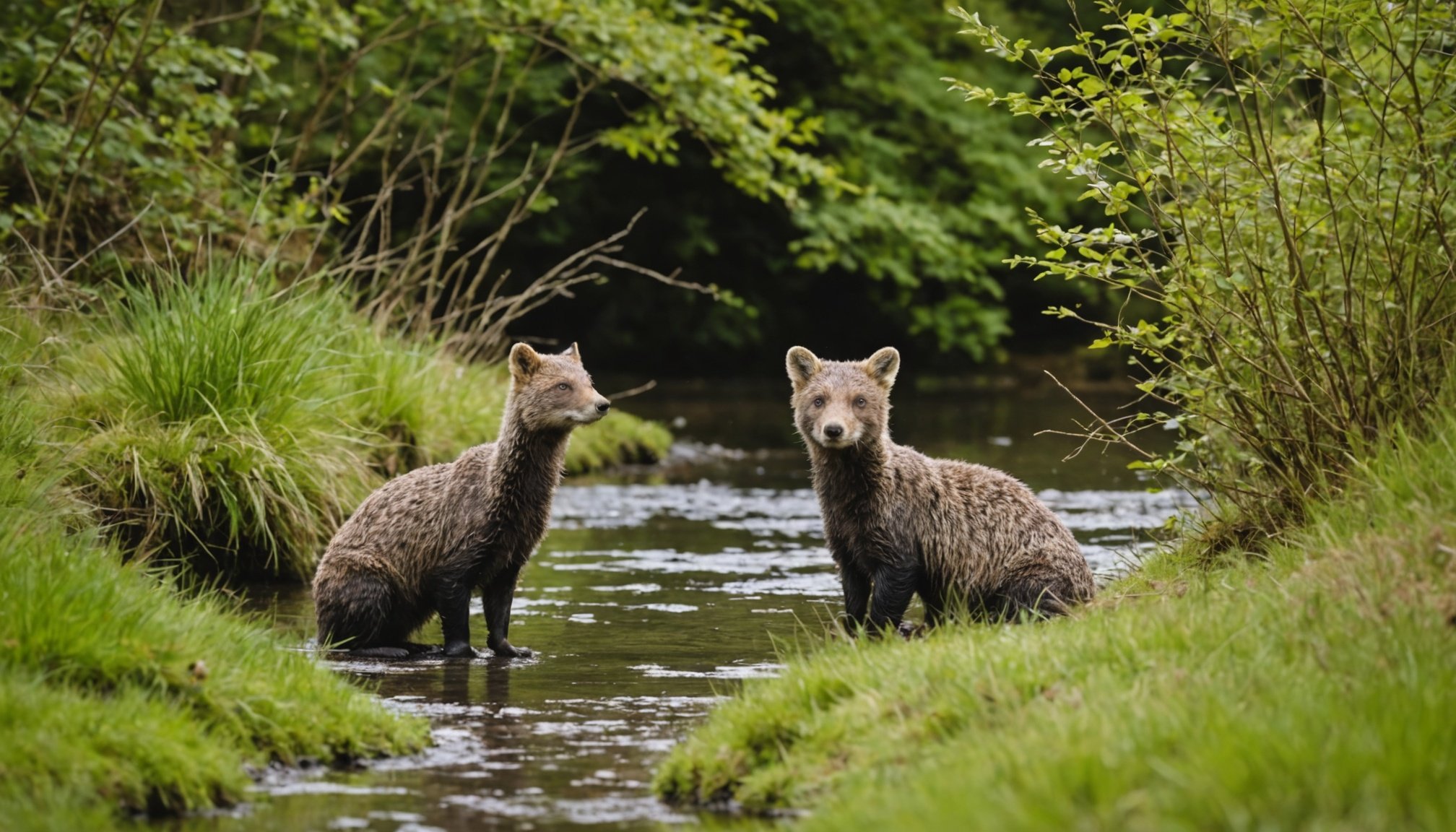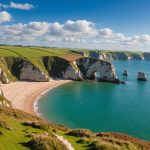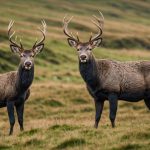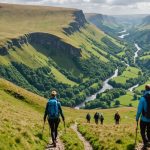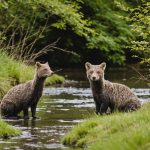Overview of UK National Parks
The UK national parks are treasured landscapes that span across England, Scotland, and Wales, offering a blend of cultural heritage and natural beauty. These parks are havens for biodiversity, with intricate ecosystems serving as crucial wildlife habitats. The landscapes range from lush woodlands and rolling hills to spectacular coastlines, each providing a sanctuary for myriad species.
The protected status of these parks ensures that flora and fauna flourish. Visitors can embark on wildlife habitat tours, offering a glimpse into the thriving natural environments. These tours, guided by experts, allow for a deeper understanding of the ecological importance of these areas and the efforts to preserve them.
Topic to read : Discover the Top UK Destinations for Tourists to Enjoy Celtic-Inspired Stone Carving Workshops
The rise of eco-tourism highlights the role of UK national parks in sustainable travel. Eco-tourism promotes conservation efforts and educates the public on the significance of biodiversity protection. This approach balances the enjoyment of nature with the responsibility of conserving it for future generations.
The uniqueness of each park provides ample opportunities for exploration and education, emphasizing the delicate balance between nature and human intervention. As such, wildlife habitat tours become essential in fostering awareness and appreciation for these natural wonders.
Also read : Discover the Top Coastal UK Towns for In-Depth Marine Archaeology Guided Tours
Top UK National Parks for Wildlife Habitat Tours
Exploring national parks is an enchanting way to engage with nature. The finest among them offer incredible opportunities for wildlife tours, each with its own distinctive environment. Here’s an insight into the best national parks in the UK for close encounters with native species.
Yellowstone National Park
Yellowstone is not only a marvel in the USA but also a benchmark in environmental conservation that influences worldwide parks, including in the UK. While not located in the UK, its practices inspire those in the UK. Within Yellowstone, you’ll find iconic creatures like bison and grizzly bears, showcasing a landscape rich in biodiversity. The park offers guided safaris focusing on wildlife preservation and educational experiences, setting standards for UK parks. Although visitors won’t find Yellowstone in the UK, the ethos behind its wildlife tours resonates, ensuring immersive and responsible wildlife experiences.
Pembrokeshire Coast National Park
Renowned for rugged cliffs and sandy beaches, Pembrokeshire teems with diverse habitats. It is celebrated for seabird colonies, such as puffins, and aquatic life like seals. Guided boat tours provide visitors with glimpses into these vibrant settings. Exploring Pembrokeshire’s flourishing biodiversity allows enthusiasts to appreciate how UK parks uniquely protect their native species.
Cairngorms National Park
The Cairngorms offer an awe-inspiring mountainous habitat, home to rare species like the Scottish wildcat and golden eagle. Wildlife tours here include ranger-led treks into remote areas, providing rare sightings of fascinating creatures. Cairngorms National Park demonstrates the UK’s commitment to conservation through engaging, educational wildlife tours.
Types of Wildlife Tours Available
Wildlife tours offer various formats, including guided tours, self-guided tours, and educational options. Each caters to different preferences and experiences desired by participants. With guided tours, professional guides lead groups, providing insights into animal behaviour, ecosystems, and conservation efforts. This option is particularly appealing for those seeking enriched information and expert-led exploration.
On the other hand, self-guided tours allow for a more flexible schedule and personal exploration pace. Participants typically receive a map or an audio guide to navigate the areas independently, ideal for individuals who prefer solitude or have prior knowledge about the location’s wildlife.
The choice between private and group tours can significantly affect the experience. Private tours offer personalized attention and tailored experiences, which may include specific wildlife interests or considerations for photography. Group tours, meanwhile, are usually more economical and offer chances to meet people with similar interests.
When planning wildlife tours, consider seasonal variations that affect wildlife visibility. Certain species are more active or accessible during specific times of the year, impacting the tour type chosen. Understanding these key differences ensures a rewarding wildlife viewing encounter.
Planning Your Visit
When visiting national parks, strategic tour planning is essential to make the most of your experience.
Best Times to Visit
Understanding the seasonal variations is critical when planning. Wildlife activity peaks during particular seasons. For example, in spring, many animals come out after hibernation, providing a great viewing opportunity. Summer offers easier access due to improved weather conditions, while autumn showcases magnificent foliage. Thus, choose your visit timing based on the natural events you wish to witness, ensuring your tour aligns with your interests.
Access and Transportation
Navigating to and within national parks requires careful tour planning. Parks have various transport options, including dedicated shuttles, personal vehicles, and bicycle trails. Each park offers specific accessibility features, so it’s advisable to check transportation details beforehand to ensure a smooth experience. Planning your route minimizes time on the road and maximizes your enjoyment in the park.
Cost Considerations
Budgeting is another vital component when visiting national parks. Costs fluctuate with seasons and activities. Entry fees vary, and some parks may offer complimentary days. Accommodation and transport may affect your budget differently depending on proximity and season. Effective tour planning incorporates these factors to maintain budget control, ensuring a worry-free adventure.
Tips for Maximizing Wildlife Encounters
Respectful wildlife observation tips are key to a successful eco-tourism journey. Begin by maintaining a safe distance from animals to avoid disturbing their natural behaviours. Silence and minimal movement help in minimizing stress on the wildlife. Using binoculars for viewing distant creatures can make this approach effective and enjoyable.
When embarking on wildlife tours, proper gear and preparation enhance the experience significantly. Comfortable, weather-appropriate clothing, sturdy shoes, and essentials like water, sunscreen, and eco-friendly insect repellent ensure a smooth adventure. A reliable camera with a zoom lens captures moments without intruding upon habitats.
A crucial tip is understanding the importance of guides and local expertise. Experienced guides educate tourists about wildlife signs and behaviours, increasing the chance of meaningful encounters. Their knowledge not only amplifies the experience but also ensures safety and respect towards the ecosystem. Engaging with local experts supports sustainable tourism while offering authentic insights.
By incorporating these eco-tourism tips, wildlife encounters can be both responsible and rewarding. This approach contributes to conservation efforts and enriches personal experiences, underpinning the beauty and significance of natural interactions. The journey becomes an educational and transformative endeavour, celebrated for its harmony with nature.
Visuals and Maps
Wildlife enthusiasts often rely on national park maps to effectively navigate and plan their journeys. These maps are essential tools, offering detailed layouts of trails, visitor centres, and natural landscapes. Whether you’re a seasoned explorer or a casual visitor, having accurate maps can significantly enhance your outdoor experience.
Recommended Resources for Maps
For those eager to explore national parks, several resources stand out. Official park websites typically provide comprehensive maps, ensuring visitors have the latest information. Guidebooks are another handy tool, often including maps and additional insights on park features and history. Don’t forget to check out mobile applications designed for outdoor adventures; many offer offline access to maps, which is invaluable when visiting areas with limited connectivity.
Notable Wildlife Photography
Wildlife photos captured in national parks can be both inspiring and educational. Images of majestic creatures in their natural habitats remind us of the raw beauty of the natural world. Visitors on guided tours can expect to encounter diverse wildlife photography opportunities. From observing a grizzly in Yellowstone to capturing a bald eagle in the Grand Teton, these moments enrich your journey. Consider joining a photography-focused tour for expert tips and to maximize your chances of capturing stunning images.

